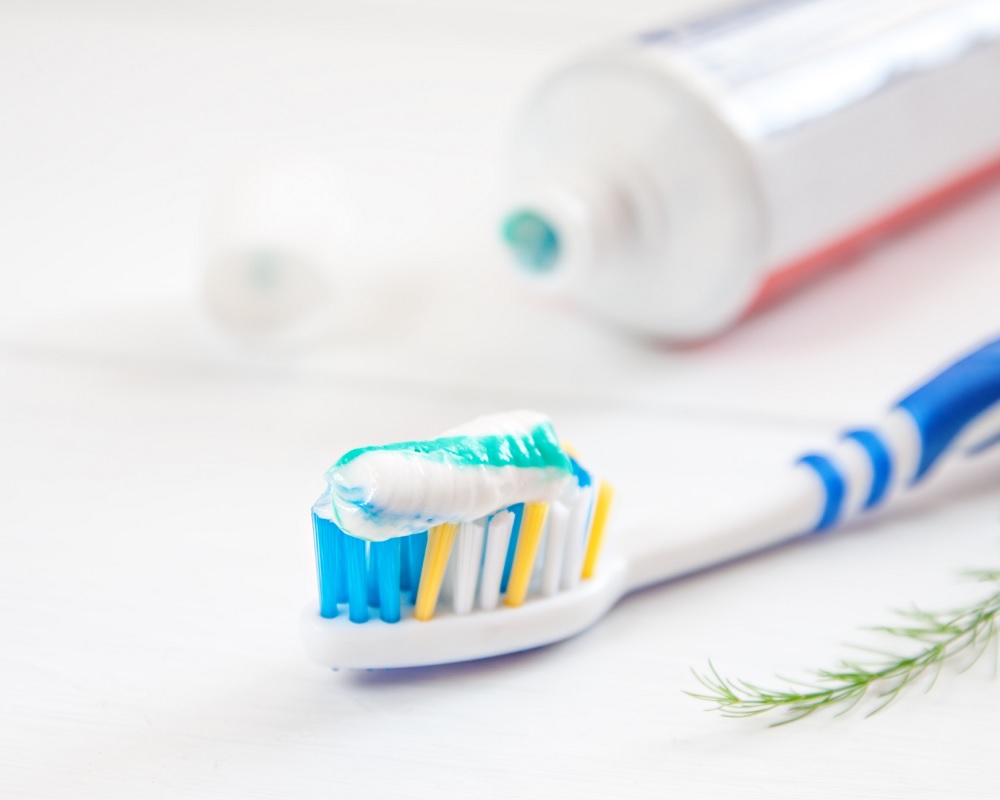Last Updated on: 16th December 2024, 07:30 am
Endodontics or an alternative to root canal treatment is performed in the dental pulp, either due to deep cavities or some dental trauma or injury. The main objective is to preserve the natural tooth and avoid dental extraction.
The process begins with access to the pulp chamber, where the connective tissue that gives vitality to the tooth, known as the dental pulp, is located. The infected tissue is removed, and the interior of the tooth is cleaned and disinfected. Subsequently, the canal is filled and a full dental restoration is performed.
What are the drawbacks of a root canal?

Root canal therapy attempts to eliminate all bacteria from inside the tooth; however, this is difficult due to its complex structure.. can persist in the smallest canals and even spread to the rest of the body, which can cause chronic health conditions ranging from dental reinfection to heart attacks, strokes, and more. If there is a low chance of success, the dentist will offer other possible treatment options.
Alternatives to root canals

Endodontics is considered one of the most feared dental treatments. The reason is a misperception of the techniques and assumed pain. Ineffective anesthetics were used decades ago to perform this procedure. However, advances in modern dentistry have made root canal pain a thing of the past. People who are looking for an easier, faster, or cheaper alternative to root canals Can consider the following dental procedures:
1. Regenerative endodontics
Regenerative endodontics is a treatment that seeks to maintain, restore, or replace damaged pulp tissue with materials that stimulate cell regeneration. It is usually performed on newly emerged teeth.
Currently, platelet-rich plasma and stem cells are used as biological fillers. Conventionally, calcium hydroxide is also used as an intracanal treatment due to its high antimicrobial activity and ability to inhibit dental resorption and stimulate repair through the formation of new tissue.
2. Laser root canal therapy
The complementary application of laser in root canal treatment entails the use of beams of light to remove or modify the soft and hard tissues of the oral cavity. It can be used to access the canal, remove necrotic tissue, and clean and disinfect the area. Its effectiveness lies in the fact that it is more precise when removing infected material and therefore there is a greater preservation of the healthy structure of the tooth.
3. Apicoectomy
This surgical procedure consists of the removal of the tip of the infected tooth (or apex) in conjunction with cleaning the surrounding tissues, leaving them free of infection. It is generally used when previous dental treatments have not been successful. Therefore, it is usually the last option before resorting to dental extraction.
4. Extraction and dental implant
A dental extraction is considered the last alternative treatment since the objective of modern dentistry is always to try to preserve teeth.
This treatment consists of removing a tooth that could not be treated in any of the aforementioned ways and still poses a risk to oral health. Subsequently, it is important to replace missing teeth and rehabilitate the edentulous space, for which there are many options. Among the most recommended is the placement of dental implants. A dental implant is a device implanted into the jaw bone to replace the root of the natural tooth. After the bone has healed, an artificial tooth can be placed on the implant, permanently restoring lost function and aesthetics.
How to prevent the need for endodontics?
The best way to prevent a root canal is to take oral hygiene measures. To ensure the best results, follow the following tips
Brush the teeth at least twice a day.
-
- Use dental floss to properly clean interdental spaces.
- Follow a healthy and balanced diet, increasing the consumption of fruits and vegetables.
- Drink a lot of water
- Reduce consumption of foods or drinks that contain excess sugar.
Visit the dentist regularly, at least once a year.



Contact us
If you have any questions about dental conditions that cause root canals or other topics, you can contact us at Channel Islands Family Dental as well as our page on Facebook. We look forward to your visit and we will make a timely diagnosis. Our dentists in Oxnard, Santa Paula, Ventura, Newbury Park, and Port Hueneme will be able to guide you toward the best treatment to take care of your health and give you back your best smile.
Bibliography
- Cunha, J. (2021) What Can I Do Instead of a Root Canal? Oral Health Center. in: https://www.emedicinehealth.com/what_can_i_do_instead_of_a_root_canal/article_em.htm
- Seladi-Schulman, J. (2021) Are There Any Alternatives to Getting a Root Canal? in: https://www.healthline.com/health/dental-and-oral-health/alternative-to-root-canal#summary
- Ramirez, T. Sossa, H. (2014) Regenerative endodontics: use of autologous platelet-rich fibrin in vital permanent teeth with pulp pathology. Colombian Dental Act [online]. Available in: https://revistas.unal.edu.co/index.php/actaodontocol/article/view/44608/45921
- Australian Dental Association (2023) Root Canal Treatment in: https://www.teeth.org.au/root-canal-treatment
- Brennan, R. (2023) An Overview of Root Canals. WebMD Editorial Contributors. in: https://www.webmd.com/oral-health/root-canals
- Alonso, I. (2012) Endodontics: save your teeth. Web consultations.


